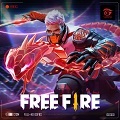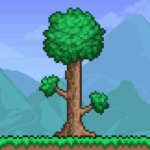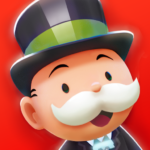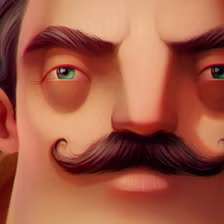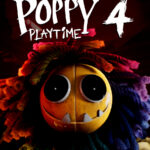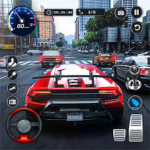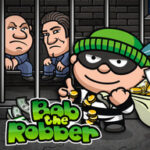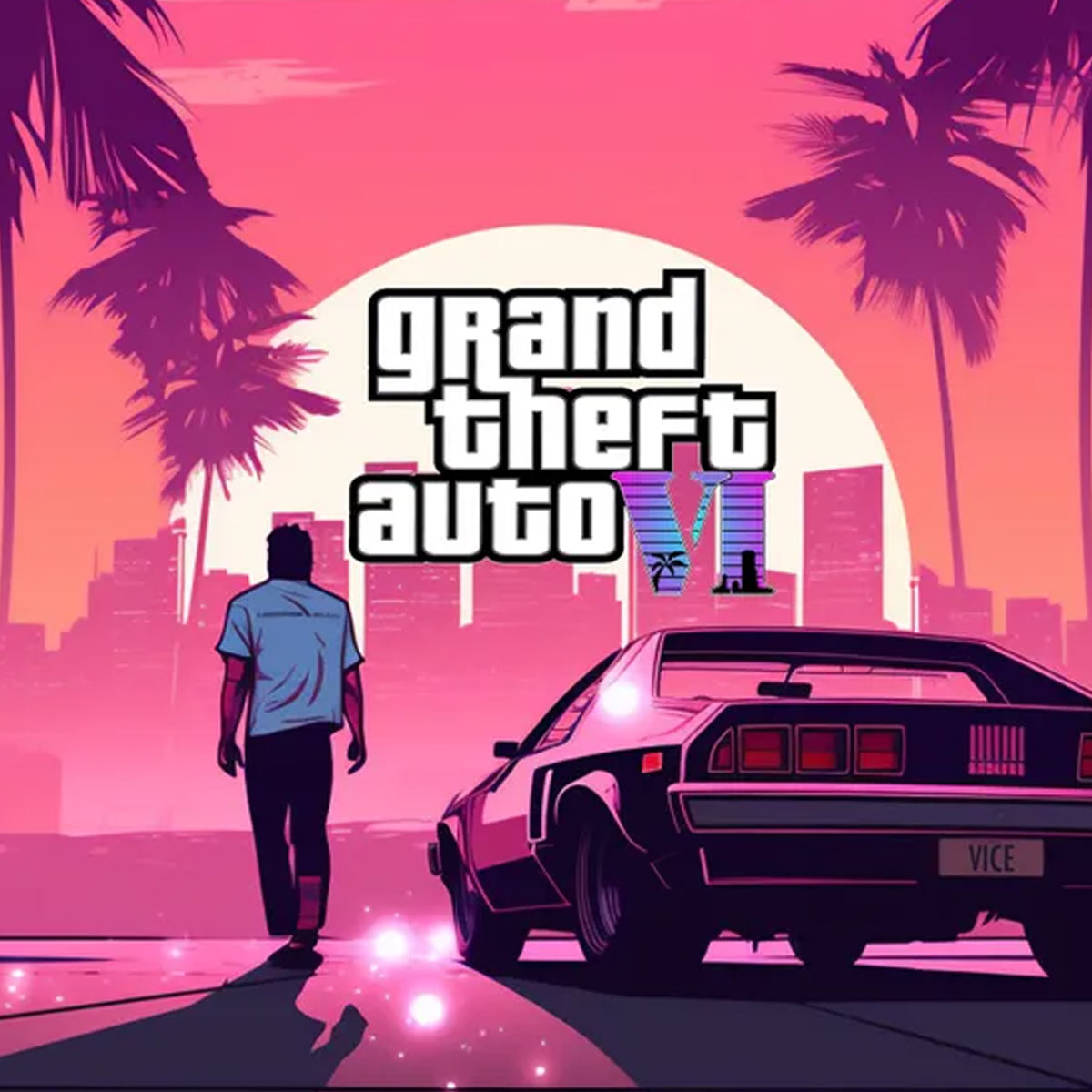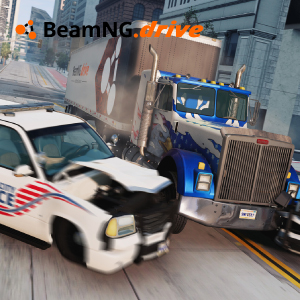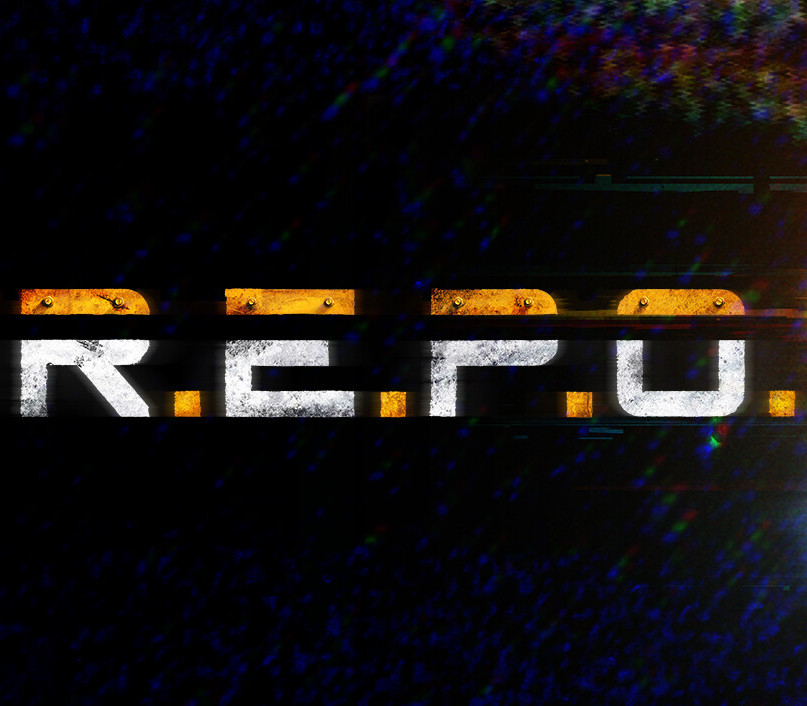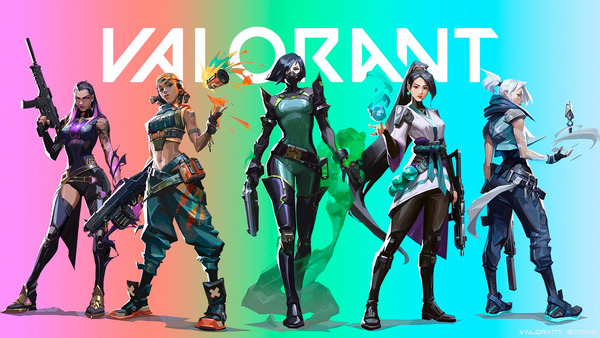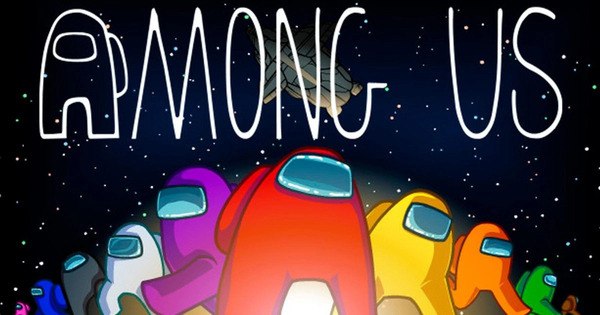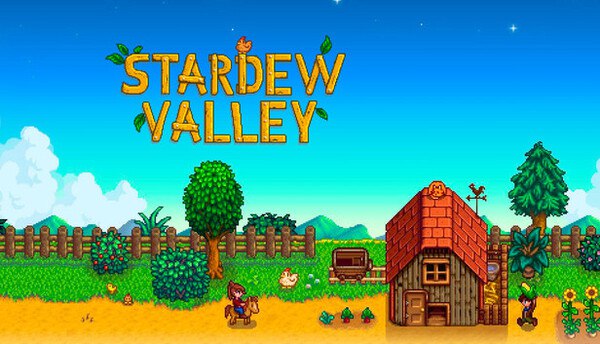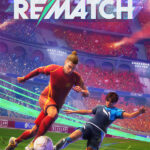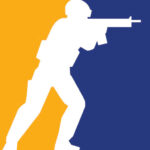Free Fire, developed by 111 Dots Studio and published by Garena, is one of the most downloaded and played mobile battle royale games in the world. Since its global launch in 2017, Free Fire has become a defining force in mobile gaming, known for its fast-paced matches, low hardware requirements, and region-specific content.
It’s not just a game—it’s a mobile esports and cultural phenomenon. Especially dominant in Southeast Asia, Latin America, and parts of South Asia, Free Fire continues to attract tens of millions of daily players through constant updates, collaborations, and competitive events.
1. Origins and Launch: A Game Built for Mobile
Free Fire was developed with a simple goal: bring the popular battle royale genre to mobile devices with lower specs. Released during the height of PUBG’s popularity, Free Fire capitalized on the demand for quick, action-packed survival games that could run on budget smartphones.
Unlike other battle royale games at the time, Free Fire’s matches were short (around 10 minutes) and featured 50 players instead of the usual 100. This made gameplay more intense and accessible to users with limited time or weaker internet connections.
The game quickly gained momentum across emerging markets where high-end devices were rare, positioning itself as a truly mobile-first shooter.
2. Core Gameplay: Fast, Fierce, and Flexible
In each Free Fire match, players drop onto an island, scavenge for weapons and gear, and fight to be the last one standing. The shrinking safe zone forces constant movement, creating dynamic engagements.
Key elements of Free Fire’s gameplay include:
-
Quick 10-minute matches
-
Diverse characters with unique abilities
-
Simple but responsive controls
Players can choose solo, duo, or squad modes, with communication tools and team-based tactics that deepen the experience. The combination of pace and simplicity makes Free Fire easy to pick up but hard to master.
3. Unique Characters and Abilities
One of Free Fire’s most defining features is its character system. Unlike other battle royale titles, each character in Free Fire has a distinct backstory and special ability, such as increased movement speed, better healing, or enhanced accuracy.
Some popular characters include:
-
Alok – boosts ally movement and healing
-
Chrono – creates a protective energy shield
-
K – manages energy recovery and health
These abilities change how matches unfold and allow for team strategies and role-based play, similar to hero shooters.
4. Weapons, Loadouts, and Combat Mechanics
Free Fire offers a wide range of weapons, from assault rifles and shotguns to grenades and melee tools. Each weapon feels distinct, with attachments like scopes, silencers, and extended magazines available mid-match.
The game also features:
-
Customizable loadouts with pre-match gear
-
Weapon skins that alter appearance and stats
-
Auto-aim and aim-assist options for newer players
Despite being simple on the surface, the combat system rewards positioning, map awareness, and good timing.
5. Game Modes and Limited-Time Events
While battle royale is the core of Free Fire, Garena frequently rotates in special game modes and events to keep players engaged. These include:
-
Clash Squad – 4v4 mode with round-based combat
-
Lone Wolf – intense 1v1 duels
-
Zombie Invasions, Rampage Events, and others
Each new mode introduces a twist on core mechanics and often brings with it event-specific rewards like exclusive outfits, gun skins, or emotes. This constant content refresh is a key reason for Free Fire’s long-term popularity.
6. Graphics and Optimization for Low-End Devices
Free Fire is designed to run smoothly on devices with as little as 2GB of RAM, making it incredibly accessible. Despite its modest file size and simple graphics, the game still delivers colorful environments, character animations, and satisfying visual effects.
There’s also Free Fire MAX, a visually enhanced version with:
-
Better textures and lighting
-
Improved sound effects
-
More immersive lobbies and map details
Free Fire MAX shares crossplay with the original game, so players can choose the version that suits their device without splitting the community.
7. Cosmetics, Skins, and Monetization
Free Fire is free-to-play but offers a wide variety of monetization options, including:
-
Character and weapon skins
-
Elite Pass (battle pass)
-
Loot crates and lucky spins
The skins range from realistic military looks to flashy, fantasy-inspired outfits and anime-style collaborations. Importantly, most paid content is cosmetic and does not drastically affect gameplay balance.
The Elite Pass system encourages engagement through missions and daily challenges, offering rewards for both paying and non-paying players.
8. Collaborations and Pop Culture Crossovers
Garena has strategically partnered with global brands and celebrities to boost Free Fire’s appeal. Some notable collaborations include:
-
Cristiano Ronaldo (as Chrono)
-
DJ Alok
-
Attack on Titan, One Punch Man, and Demon Slayer
-
McLaren, BTS, Money Heist
These collaborations go beyond simple skins—often involving limited-time modes, music tie-ins, and themed events. This marketing approach has helped Free Fire become a lifestyle brand among young audiences.
9. Esports, Tournaments, and Global Reach
Free Fire has built one of the most successful mobile esports scenes in the world. Tournaments like the Free Fire World Series (FFWS) attract millions of live viewers, especially from Southeast Asia, Brazil, and India.
Key aspects of Free Fire esports:
-
Regional and global leagues
-
Massive prize pools (up to $2 million)
-
Accessibility for amateur players through in-game qualifiers
This competitive layer has turned top players and streamers into celebrities and further embedded Free Fire into the gaming culture of many regions.
10. The Future of Free Fire
Garena continues to evolve the game through:
-
Frequent balance patches
-
Seasonal story arcs and map updates
-
Greater focus on social and creative tools
With the rise of Free Fire MAX, deeper esports investment, and continued regional growth, the franchise is poised to remain dominant in the mobile gaming market. Future updates may include more customization, sandbox tools, and even user-generated content, keeping the experience fresh for years to come.
Conclusion
Free Fire is a perfect example of how mobile games can dominate the global gaming landscape. With its fast matches, unique characters, accessible design, and vibrant community, it has transformed from a PUBG alternative into a genre leader in its own right.
Whether you're a casual player enjoying a few daily rounds or a competitive gamer climbing ranked tiers, Free Fire offers intense, rewarding gameplay in bite-sized sessions. And with continuous innovation and global support, its fire shows no sign of burning out.
